Few tips for beginners in winter camping
Winter Camping is fun and exciting but not something to be undertaken lightly. The combination of cold, wind and snow can make your camping trip unpleasant to say the least. But if you have some camping experience, especially shoulder season camping, then you can make the transition to being a four season tripper with ease.
Keeping essentials from freezing
It’s fairly obvious that it will be cold, so ensuring you are prepared for sub-zero temperatures day and night is key. Also, everything you have with you has the potential of being frozen solid. This includes your food and water. You need a strategy for keeping yourself warm and dry, as well as for thawing and cooking your meals and keeping gear in working order.
If you are lucky enough to be “hot tenting” then you’ll be all set. The wood stove in a hot tent will allow you to keep warm, cook your food and dry out wet clothes and gear. If you are “cold tenting” a good quality winter sleeping bag is required and a reliable liquid gas stove is what’s recommended as canister stoves don’t perform well in low temperatures. You can also make use of campfires for cooking and warmth.
Proper winter attire and layering of clothes is important to stay warm as well as to cool off. You don’t want to overheat and sweat while snowshoeing or performing camp chores. Layering allows you to add or remove clothing to keep your body temperature comfortable. Extra sets of clothes for emergencies, including footwear and something dedicated just to sleeping in will ensure you are dry and warm during your trip.
Commonly Overlooked Items
One thing often overlooked is that anything left outside can be covered completely with snow. Keeping any loose gear organized is important. Bins to hold your gear and some extra tarps to cover firewood and supplies can help.
Through the winter months in Canada, there isn’t a lot of daylight. Plus, you’re likely to spend more time inside a dimly lit tent or shelter. A good source of light and thawed batteries are required. Longer time in the tent also means bringing along some games or other activities to help pass the time. Having an ample supply of firewood makes for a comfortable night around a campfire, or keeping you warm while sleeping. Finding and cutting wood buried in snow can be harder than you think. Double check the regulations where you are camping as chainsaws are allowed in winter at some parks that don’t allow them in the summer season.
Food
Cooking in the winter is not a lot different than the rest of the year. You can use a campfire, wood or gas stove and your normal pots and pans. The main two differences are that you don’t have to worry about keeping the food cold, it’s most likely to be frozen solid. You will need extra time and fuel to properly prepare your meals.
The second difference is that you will eat a lot more than normal. Exertion in cold weather means your calorie requirements will be higher and bigger portions will need to be prepared and consumed.
Winter specific gear
There are several specific items that are required to safely enjoy winter camping. You shouldn’t just grab your summer mesh tent and expect to be warm. A solid wall, four season tent or a “hot tent” capable of holding a wood stove designed for it are the two main choices in tents. For traveling in the back country you will need snowshoes for moving through the deep snow. Some people cross country ski but if your terrain is heavily wooded or hilly than snow shoes are likely the better choice. Loading your gear in a backpack can sometimes be done, but the heavier weights of winter gear normally means that you will be pulling a toboggan or pulk. This allows you to bring in the amount of gear required and is a lot easier than carrying it all. Buying an expensive pulk from the market is not your only option, my step by step instructions to build your own pulk can help you build one out of common plastic toboggans.
Things to do
Once you’re setup in your little patch of winter wonderland you can enjoy the experience. Favorite things to do in the winter are snowshoe bushwhacks following animal tracks, winter photography, tobogganing any hills you find or ice fishing where allowed.
It’s a totally different perspective seeing bogs, lakes and waterfalls in their frozen winter state. Hiking through the woods is normally a little easier in the winter on snowshoes, the leaves are off making the forest more open and you can walk across frozen streams and lakes if you verify their safety for travel. For the adventuresome, you can try your hand building and sleeping in an igloo or quinze.
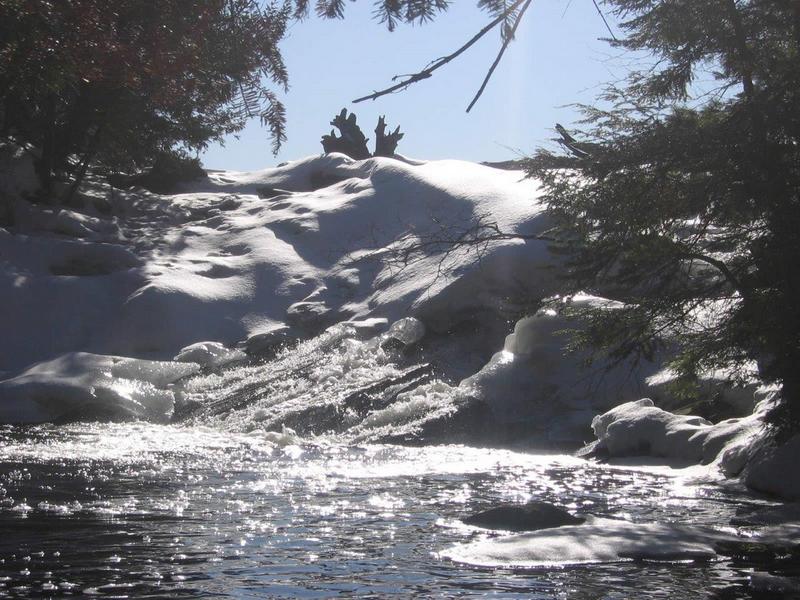
With a little planning and an understanding of the different challenges facing winter campers you can certainly enjoy yourself. The quiet of a snow shrouded forest is not something to miss. If you enjoy camping the rest of the year, you can enjoy winter camping too.
By Scott
Scott Rogers, an IT Coordinator, provides support to a non-profit organization. Camping is a natural escape for Scott from his technology driven workplace. Over the past 15 years, Scott has connected with many outdoor enthusiasts while planning and taking numerous outdoor adventures.
To connect with Scott check out his web site at www.smedleyco.com

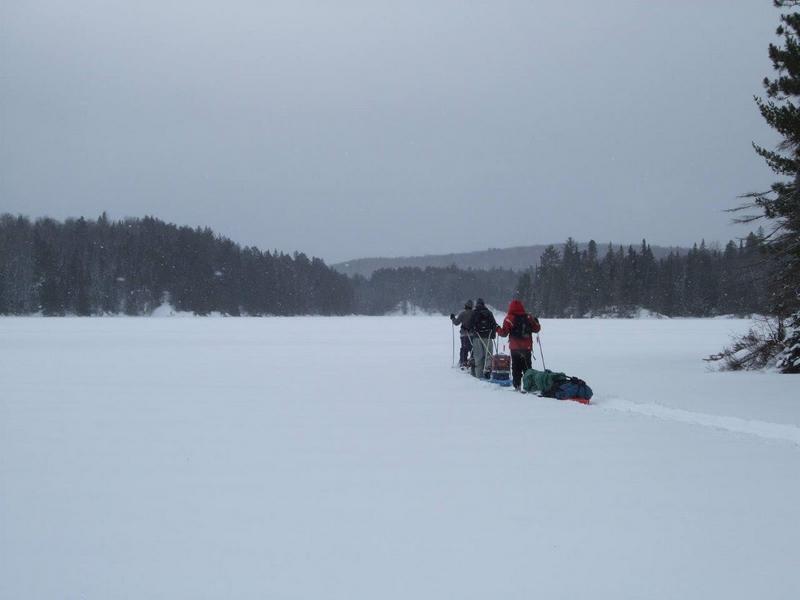

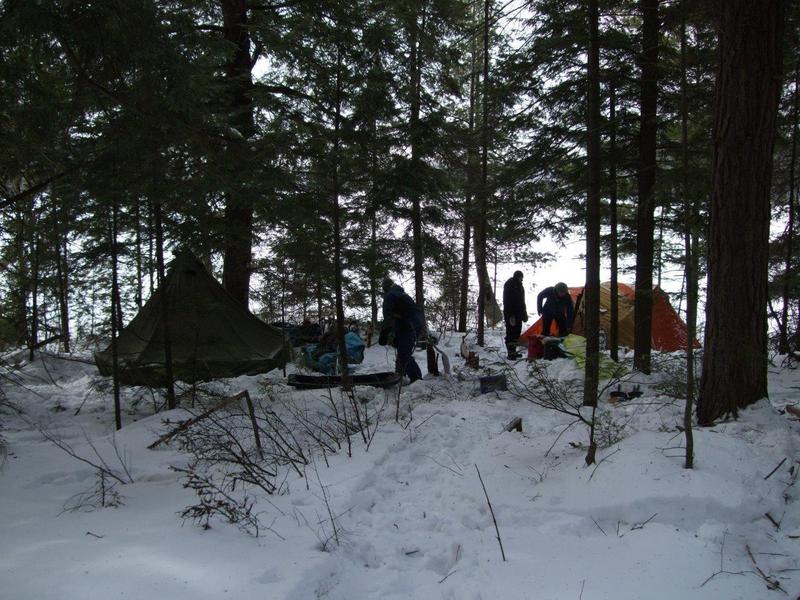
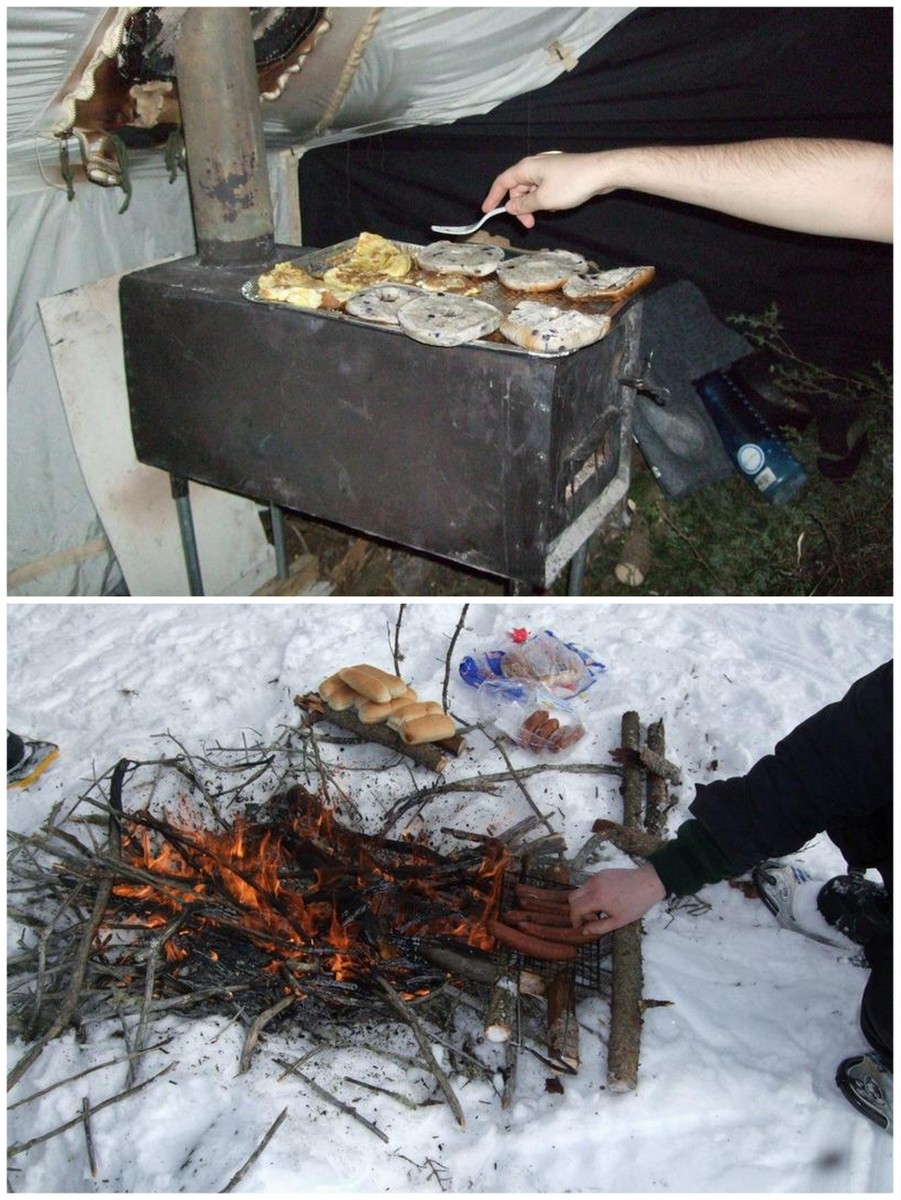
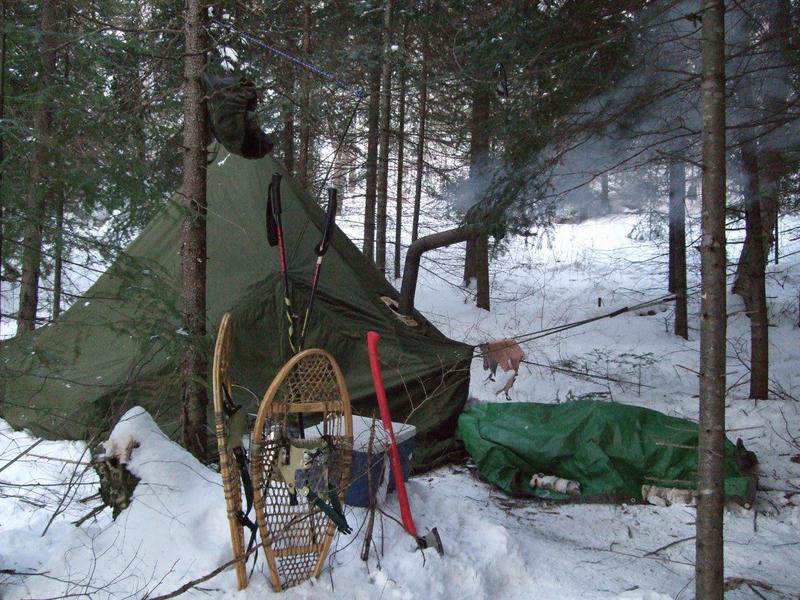
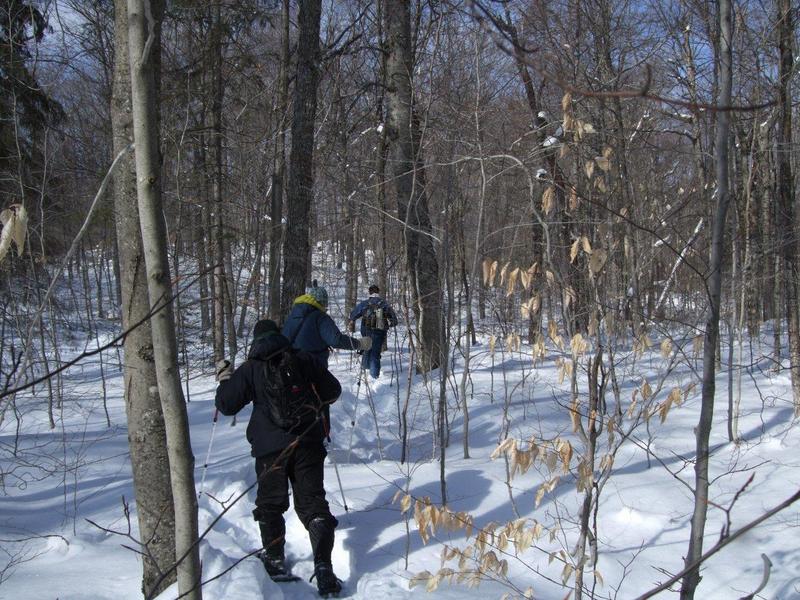
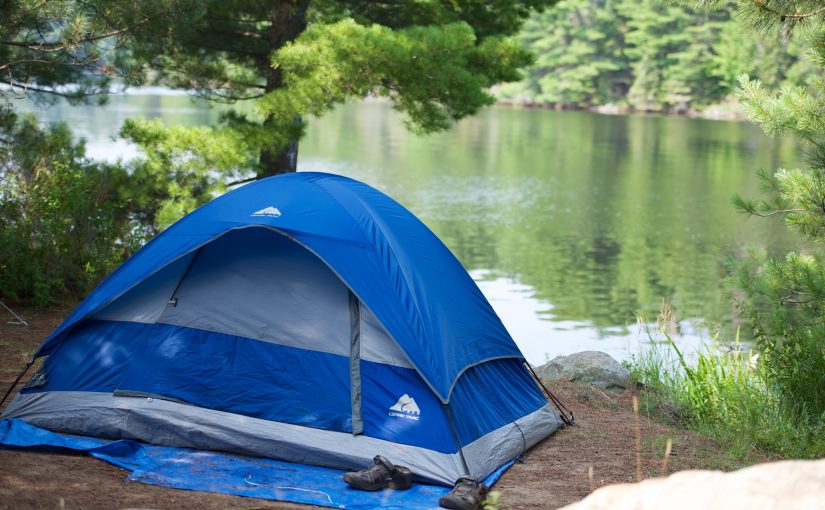

Winter camping is fantastic, and is definitely not like camping at other times of the year – even if you’ve been to the same area earlier in the year, it just has a totally different look and feel in the winter.
Absolutely agree with you on the hot tenting though. A good, portable wood stove is a must-have bit of gear in my book. There are just too many unknowns and variables to control for to leave home without one. You never know how low the temperatures will drop, and as warm as your sleeping bag and winter coat might be, if it gets TOO cold, you’ll be glad you’ve got that stove with you as a fallback. Not to mention the details you mentioned of keeping your clothes and other gear warm and dry.